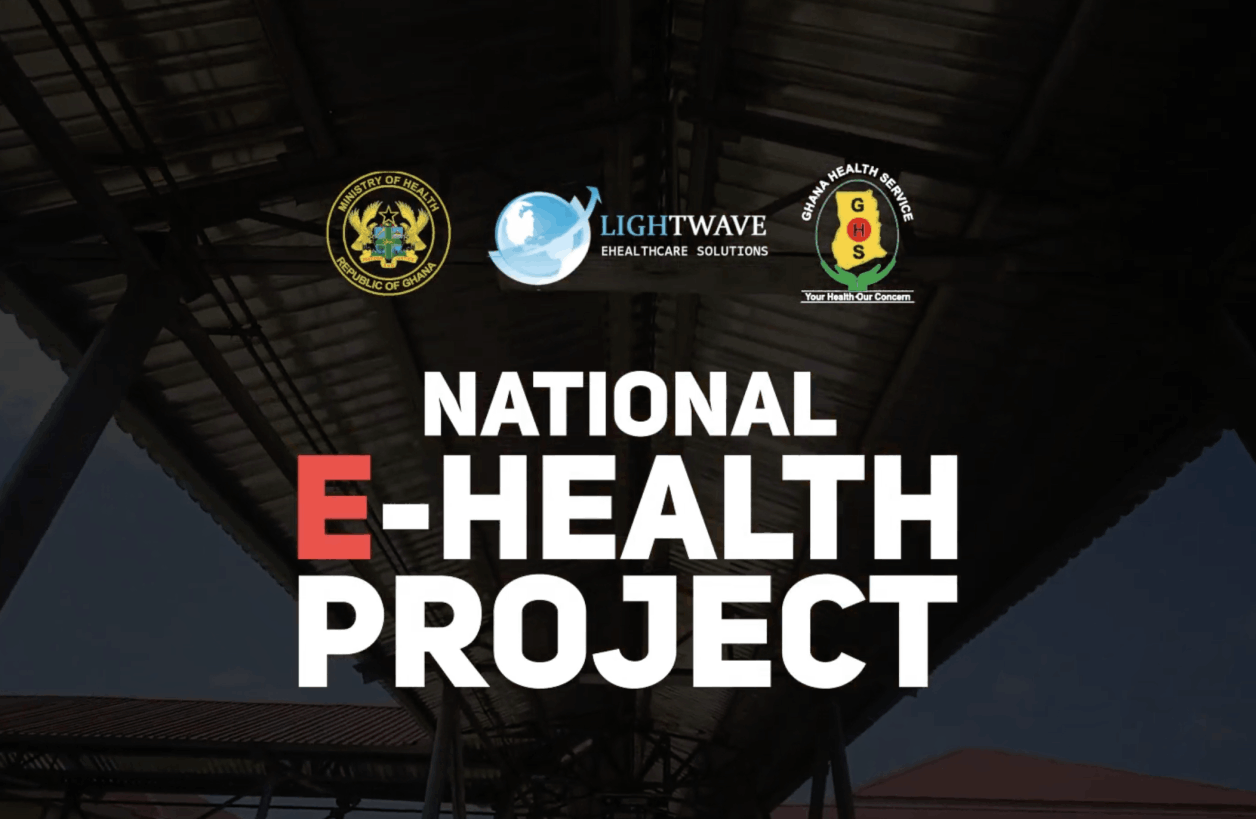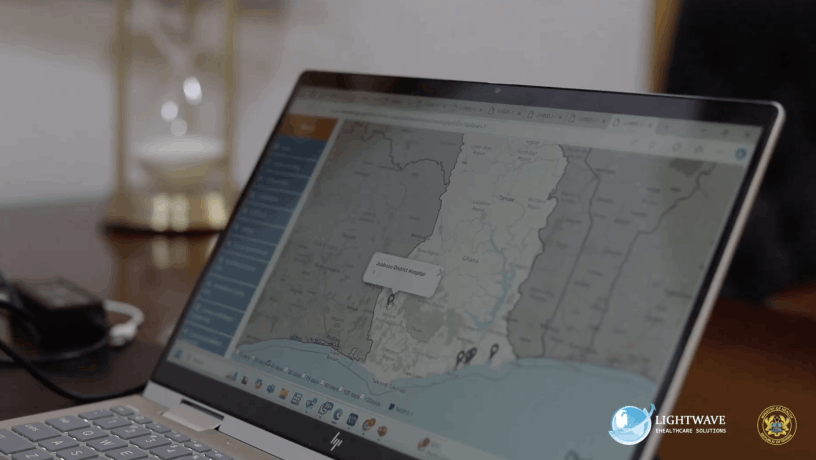LHIMS and the National E-Health Project
The Government of Ghana, through the Ministry of Health, engaged Lightwave Healthcare Solution Ltd. in 2017 to pilot the National E-Health Project as part of its broader National Digitalization Agenda, aimed at digitalizing healthcare delivery in the country.
Approval was granted in 2019 for Phase 2 of the project, which involved deploying the Lightwave Health Information Management System (LHIMS) across all Teaching Hospitals, Regional and District Hospitals, Polyclinics, Psychiatric Hospitals, and selected health centers.
Phase 1 of the project was successfully implemented in the Central Region in 2018, with 22 health facilities, including a teaching hospital, regional hospital, district hospitals, and CHPS facilities, equipped with networking and the LHIMS system.

the status of this success
As of December 2024, the LHIMS has been deployed in over 481 health facilities, including Teaching, Regional, District, Polyclinics, and Psychiatric Hospitals across all 16 regions. Deployment at health centers is also in progress.
